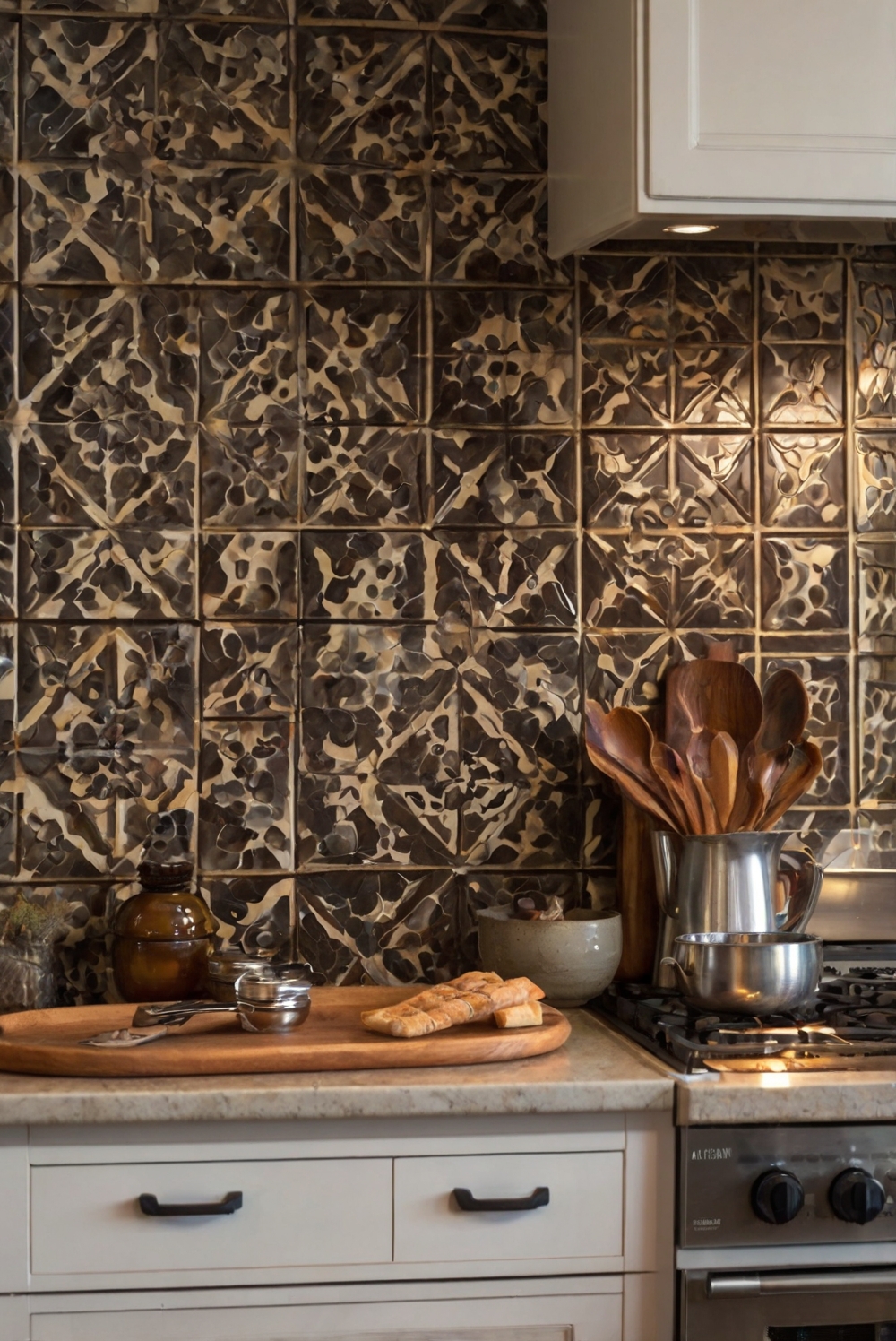Looking for tips on choosing a durable backsplash material? Discover an interior designer’s daily routine for selecting the perfect backsplash to enhance your space.
How to Choose a Durable Backsplash Material?
A durable backsplash material is a crucial element in home decorating. When selecting a backsplash material, consider factors such as durability, ease of maintenance, and style. Some popular options include ceramic tile, glass, stainless steel, and natural stone. Ceramic tiles are a practical choice for kitchen designs as they are easy to clean and come in a variety of colors and patterns. Glass backsplashes are sleek and modern, while natural stone provides a timeless and elegant look. Stainless steel is a durable option that complements contemporary kitchen designs. Consider your overall home interior design and choose a backsplash material that enhances your space planning and decorating interiors.
Factors to Consider when Choosing a Durable Backsplash Material:
When selecting a durable backsplash material for your kitchen or bathroom, several important factors should be taken into consideration. These factors will help you choose a material that not only looks great but also stands the test of time.
1. Durability:
The most important aspect to consider when choosing a backsplash material is its durability. Since the backsplash is exposed to water, heat, and food splatters on a daily basis, it should be able to withstand these elements without deteriorating. Opt for materials like ceramic, porcelain, glass, or stainless steel, which are known for their durability and resistance to stains and scratches.
2. Maintenance:
Another important factor to consider is the maintenance required for the backsplash material. Some materials may require regular sealing or special cleaning agents to maintain their appearance. Choose a material that is easy to clean and maintain, especially in high-traffic areas like the kitchen.
3. Style and Design:
While durability is key, the style and design of the backsplash material also play a crucial role in the overall aesthetics of your space. Consider the color, texture, and pattern of the material to ensure it complements the rest of your kitchen or bathroom design. Popular options include subway tiles, mosaic tiles, and natural stone.
Choosing Between Natural Stone and Engineered Materials:
When it comes to selecting a backsplash material, you will likely come across a variety of options, including natural stone and engineered materials. Each type has its own set of pros and cons, so it’s essential to weigh them before making a decision.
Natural Stone:
Natural stone backsplashes, such as marble, granite, and travertine, are known for their durability and timeless appeal. However, they may require regular sealing to prevent staining and etching. Natural stone is also more susceptible to scratches and chipping compared to engineered materials.
Engineered Materials:
On the other hand, engineered materials like ceramic, porcelain, and glass offer a wide range of design options and are generally more durable and low-maintenance than natural stone. These materials are also more affordable and easier to install, making them an ideal choice for budget-conscious homeowners.
In conclusion, choosing a durable backsplash material involves considering factors such as durability, maintenance, style, and design. By weighing the pros and cons of natural stone and engineered materials, you can select a material that not only enhances the aesthetics of your space but also withstands the rigors of daily use. Remember to choose a material that suits your lifestyle and budget while adding value to your home.

